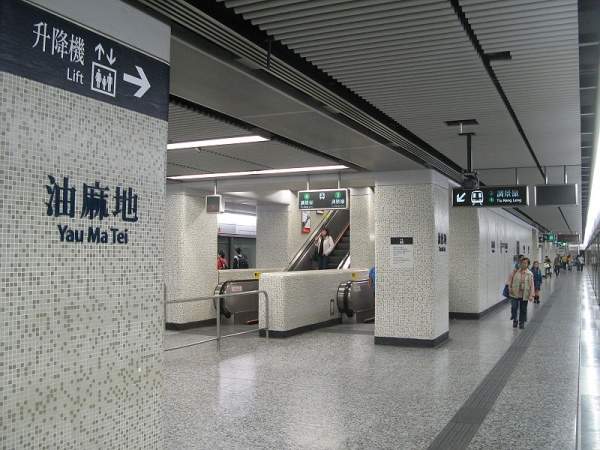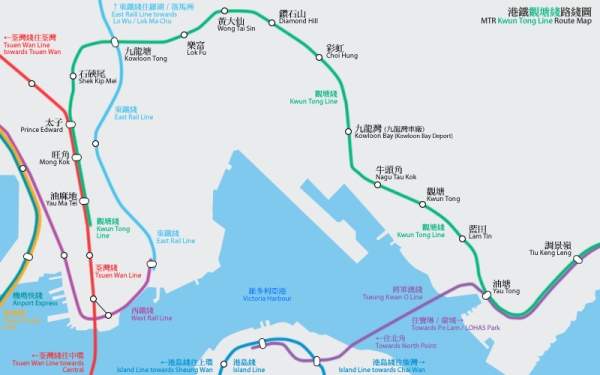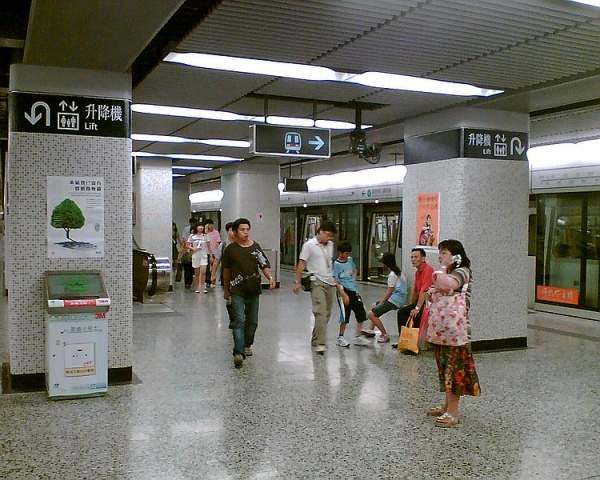The 2.6km extension of the Kwun Tong Line (KTL) connects the Kowloon City District with the rest of Hong Kong. Construction commenced in July 2011 and the extension was opened to public in October 2016.
The line extends the existing KTL from Yau Ma Tei station to Whampoa via the Ho Man Tin station. The project is owned by the Chief Executive in Council Government of Hong Kong. The contract to operate the extension line has been awarded to MTR Corporation.
Passengers are now able to travel from Yau Ma Tei to Whampoa stations in approximately five minutes.
The line has an intermediate station at Ho Man Tin, which is an interchange station between the Shatin to Central Link (SCL) and the Kwun Tong Line Extension.
Hong Kong line extension project
The KTL extension project was gazetted in November 2009 under the railway ordinance after holding due public consultation activities with the stakeholders between 2008 and 2009.
The Chief Executive in Council Government of Hong Kong and MTRCL handled all the public objections and enquiries. In June 2010, MTRCL carried out a detailed design and amendments to the scheme.
The KTL extension was approved in November 2010. It received an environmental permit from the director of environmental protection as its environmental impact assessment report was approved in September 2010.
The cost of the project was approximately $4.2bn, according to 2007 estimates. Escalations in construction prices, however, increased the project cost by 30% in 2009. The estimated cost of the project stands at HK$5.35bn ($688m), according to 2009 estimates.
The project benefits passengers by providing the needed rail services to Ho Man Tin and Whampoa area which are served only by road transport. It reduces the road traffic, thereby reducing environmental pollution and travelling times. Emission-free electric trains run on the line.
The project created more than 1,000 jobs during construction phases and supports another 160 jobs during operational phase.
Infrastructure and construction of the Kwun Tong Line
The project broke ground for construction in July 2011.The construction involved mechanical excavation and drilling works as most of the tunnels between Yau Me Tei and Whampoa are located in deep rocks.
Ho Man Tin station is located at the site of the former Valley Road Estate, which is located on the geographical limitation that was constructed by using open blast methods.
The open blast method of construction was carried out under the guidance of the Mines Division of Civil Engineering and Development Department (CEDD).
Construction of the Whampoa station, concourse and platforms at Hung Hom Road, Tak On Street and Shung King Street was carried out using a cut-and-cover method.
Contractors involved in the 2.6km rail line extension plan
Arup was appointed as the lead consultant for the project in 2011. The company was also responsible for providing architectural inputs.
In May 2011, Nishimatsu Construction was contracted to carry out construction works on the Yau Ma Tei to Whampoa tunnels and Ho Man Tin station.
The contract involved construction of part of Gascoigne Road Rest Garden, Club de Recreio, a tunnel between Yau Ma Tei and Ho Man Tin stations and the Ho Man Tin station.
In May 2011, the Chun Wo and Hip Hing joint venture was awarded with a contract to construct Whampoa station and an overrun tunnel.
The project also included construction of temporary works on Hung Lok Road, Hung Hom Road, Tak Man Street, Man Siu Street, Man Tai Street, Shung King Street, Tak On Street, Tak Ting Street and Wan Hoi Street.
Arcadis received a contract from MTR to provide a detailed design for the station and overrun tunnel.










